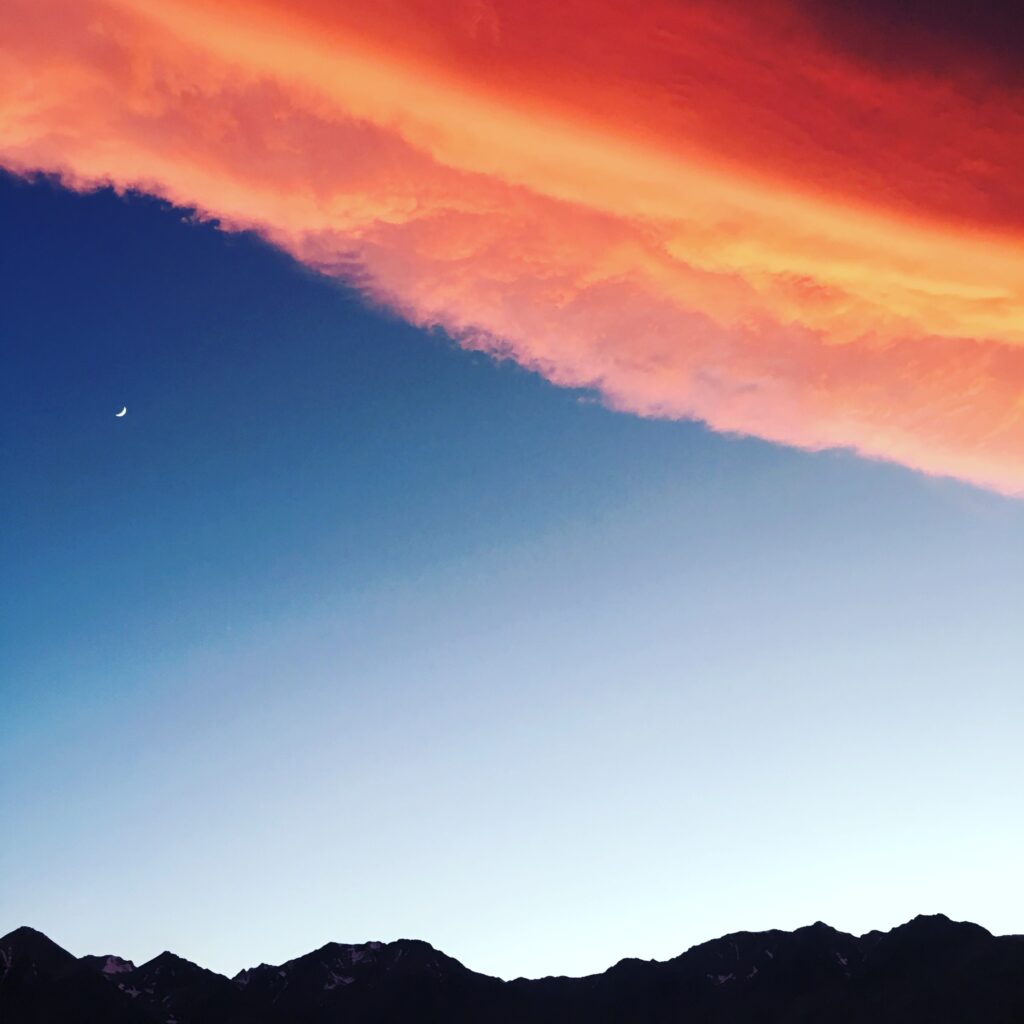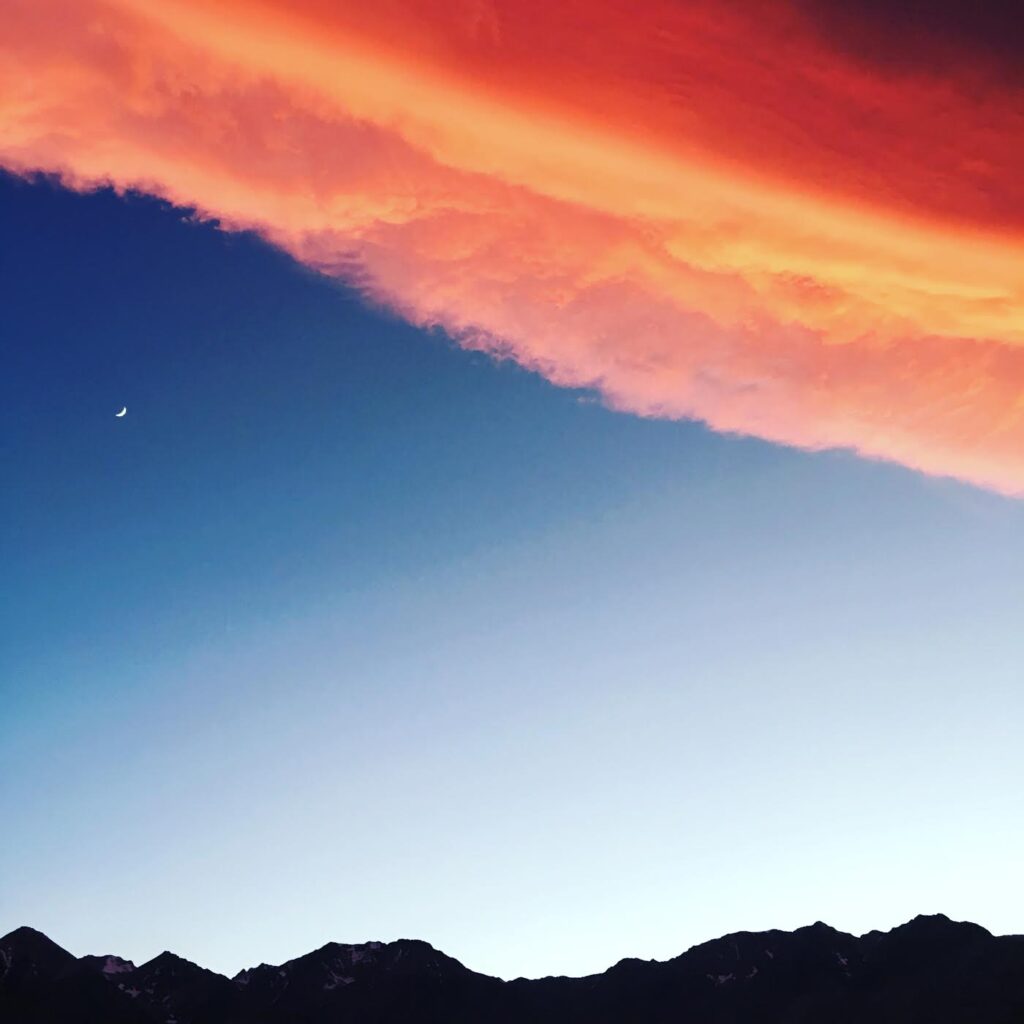
What is the Sierra Wave?


The Sierra Wave is a fascinating and rare meteorological phenomenon that occurs along the eastern side of the Sierra Nevada mountain range. It involves the formation of lenticular clouds in a standing wave pattern, which happens when strong winds are forced upward as they pass over the mountains. Here’s a more detailed breakdown:
Key Features of the Sierra Wave:
- Formation:
- The Sierra Wave forms when moist air is pushed up over the Sierra Nevada mountains by prevailing winds. As the air rises, it cools and condenses, creating lenticular clouds. Once the air descends on the leeward side of the mountains, it heats up and dries out, creating a wave pattern in the atmosphere.
- Lenticular Clouds:
- The wave creates distinctive, lens-shaped clouds known as lenticular clouds, which can appear stationary despite strong winds moving through them. These clouds are often mistaken for UFOs due to their smooth, saucer-like shape.
- Flight and Soaring Conditions:
- The Sierra Wave is particularly notable for its impact on aviation, especially gliders. The strong updrafts created by the wave can lift gliders to extreme altitudes. In fact, pilots have used these conditions to break altitude records for sailplanes.
- Visibility:
- The Sierra Wave is most visible on the eastern side of the Sierra Nevada, especially in places like the Owens Valley, Lone Pine, and Bishop. It’s often seen during fall, winter, and spring when weather conditions are right for wave formation.
- Aviation Challenges:
- While the Sierra Wave can be beneficial for glider pilots, it can also pose dangers for other types of aircraft due to the strong turbulence it can create in the leeward side of the mountains.
The Sierra Wave is not only a striking visual phenomenon but also a significant aspect of weather and aviation in the Sierra Nevada region.